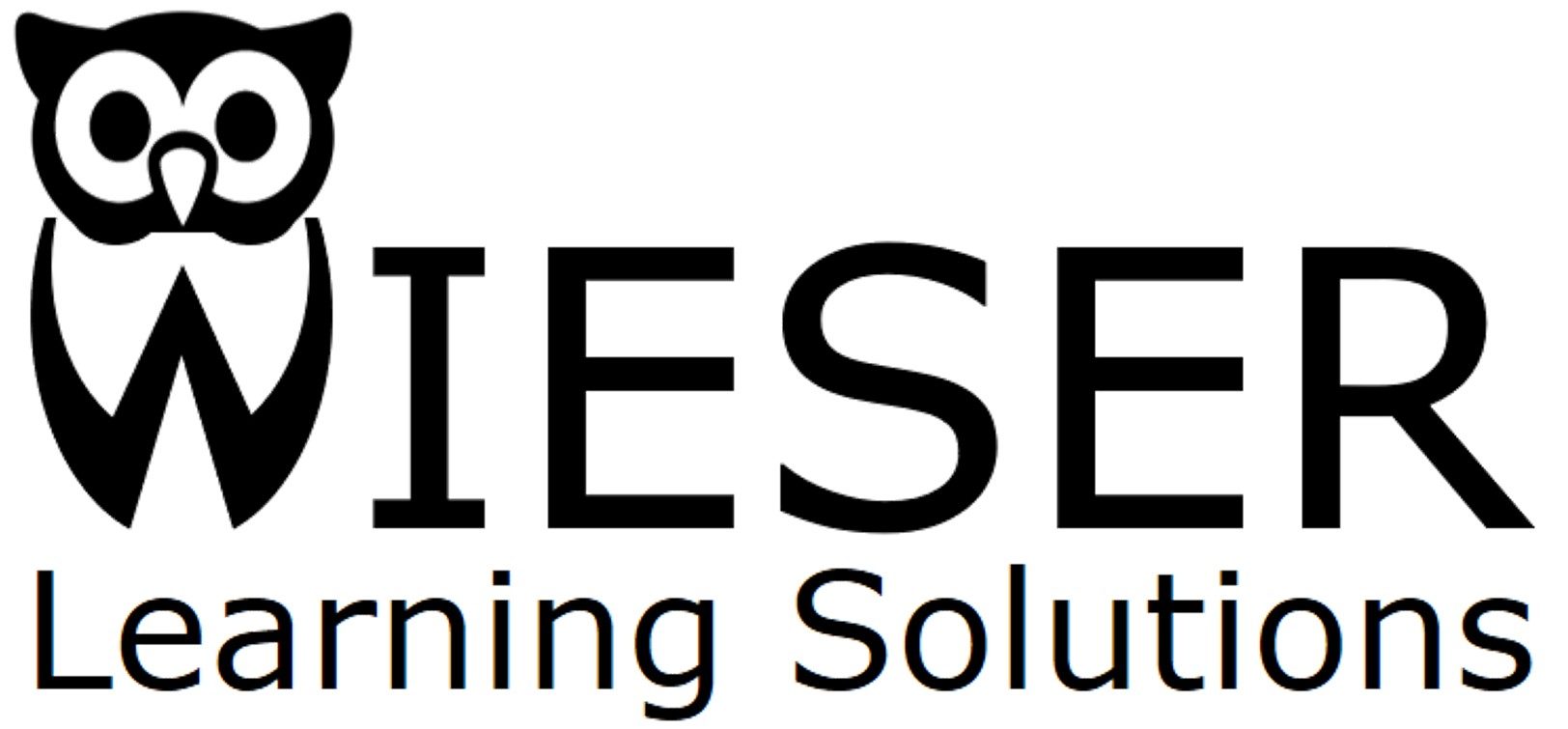When helping a client solve performance issues that impact their bottom line, it is important to really understand the gaps between the current performance and desired performance.
The challenge:
A Jeep tour company wanted to ensure that customers received consistent service, regardless which guide provided the tour. The initial request was to develop training for all guides, so everyone had the same training and met the requirements prior to running tours.
The process:
I conducted interviews and collected information to find out how current guides are trained. I looked at the information and training they received and identified differences between guides during tours. I used this information to identify specific gaps in performance. The current practice was for a seasoned guide to take the trainee on an abbreviated tour, show them the trail, and explain what to do on a tour. This was followed with the trainee riding along on an actual tour to see the experienced guide in practice with guests.
The findings:
Guides needed to consistently:
- Report mechanical issues before they become points of failure or safety issues.
- Demonstrate knowledge or confidence with appropriate operation of the Jeep features.
- Follow appropriate safety or hazard procedures.
- Prepare the Jeeps prior to the tour (cleanliness, mechanical checks, guest amenities, etc.)
- Follow all road or trail requirements.
- Clean their Jeep at the conclusion of the tour.
The solution:
Part 1:
Guides often forget to perform certain tasks. I documented the key tasks that guides were expected to perform before, during, and at the conclusion of the tour, then developed a checklist of these tasks. The company implemented a policy change that required each guide to perform the pre-tour checklist before receiving the keys. Guides keep the checklist in the Jeep during the tour, then return the completed checklist when they return the keys at the end of the tour. See the checklist (note: the logo and some specific details have been modified for portfolio purposes). As a result, guides were less likely to forget key components of guest comfort or safety. Potential mechanical issues were also reported early and could be remedied before the Jeep was taken on the next tour.
Jeep-Tour-ChecklistPart 2:
Each trainer provided different information during the introductory tour. They used their own criteria to determine whether the trainee understood what was being demonstrated. After examining the current training content and procedures, I determined that on-the-job training was still the most impactful way to train new guides. However, the current training needed to be modified so it was more uniform and consistent. Trainees would retain information better if they performed all tasks, while the trainer guide monitored performance and provided feedback. This change was made to the introductory tour and the ride along.
I developed a training checklist that included key skills and tasks trainees must perform. Each trainer was required to observe and/or ask the trainee to explain how to perform each item on the list. New guides were required to demonstrate that they could perform all items on both checklists before they were allowed to lead solo tours.
Jeep-Guide-Training-Checklist